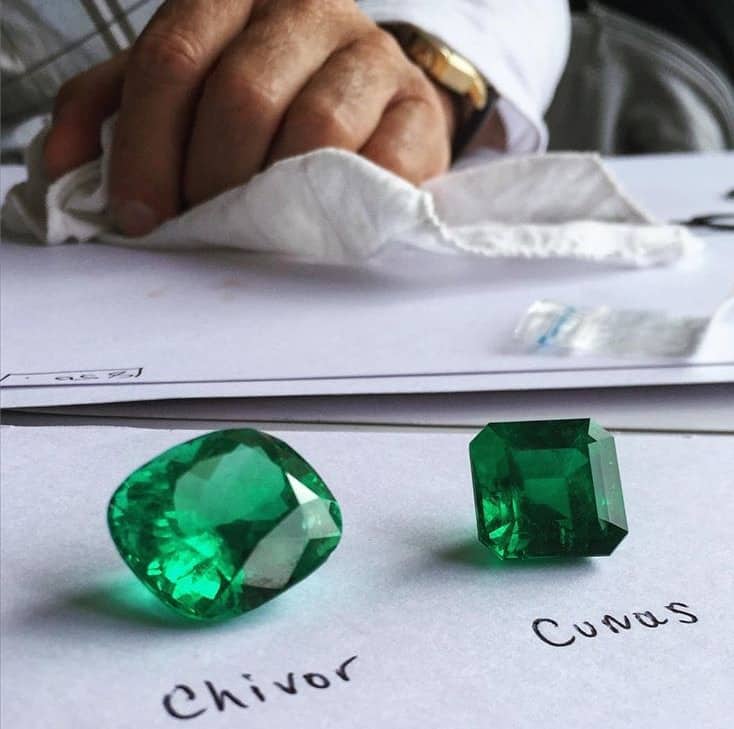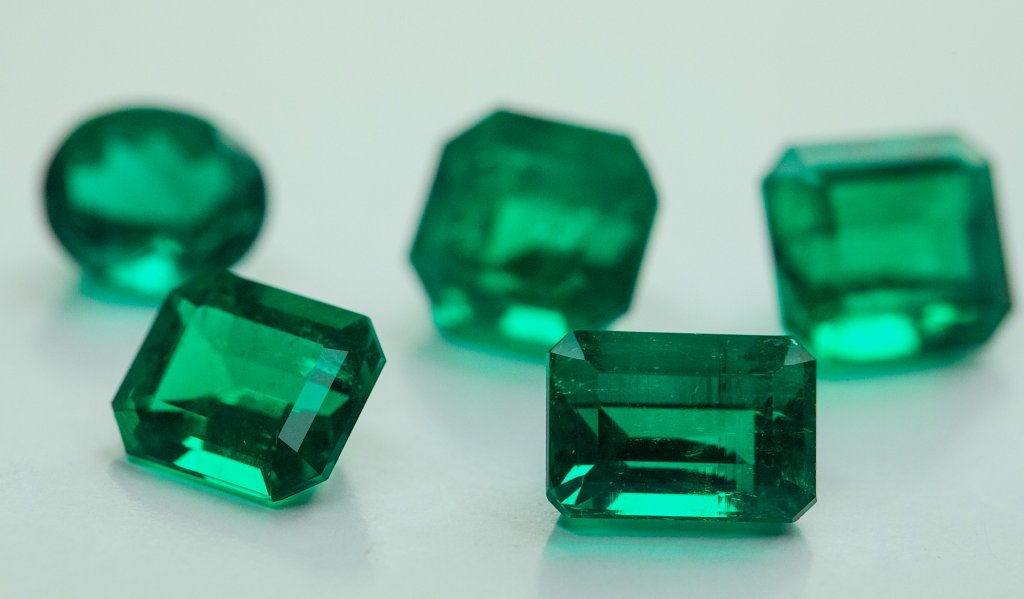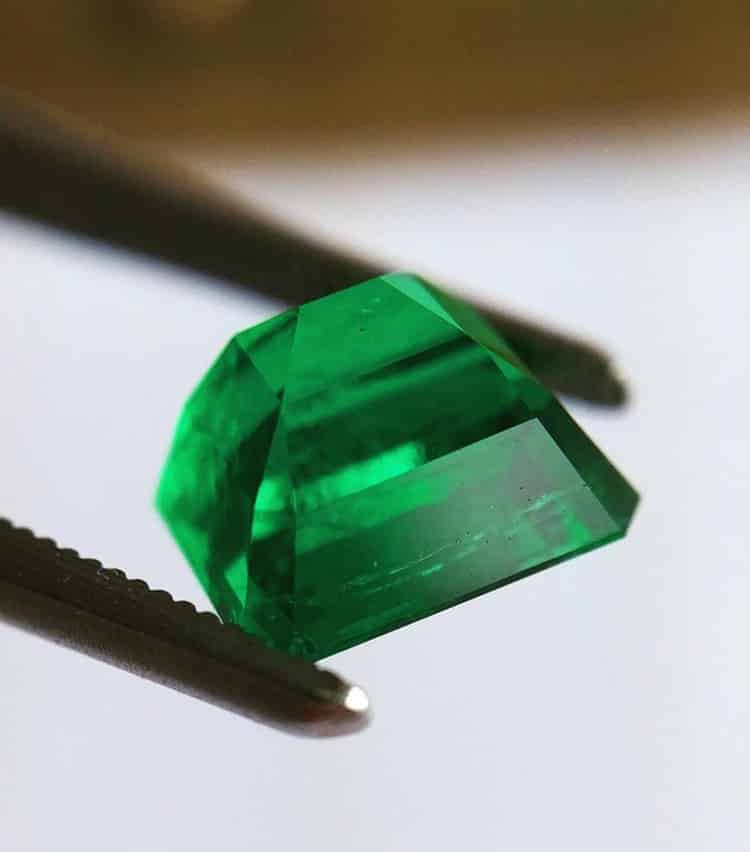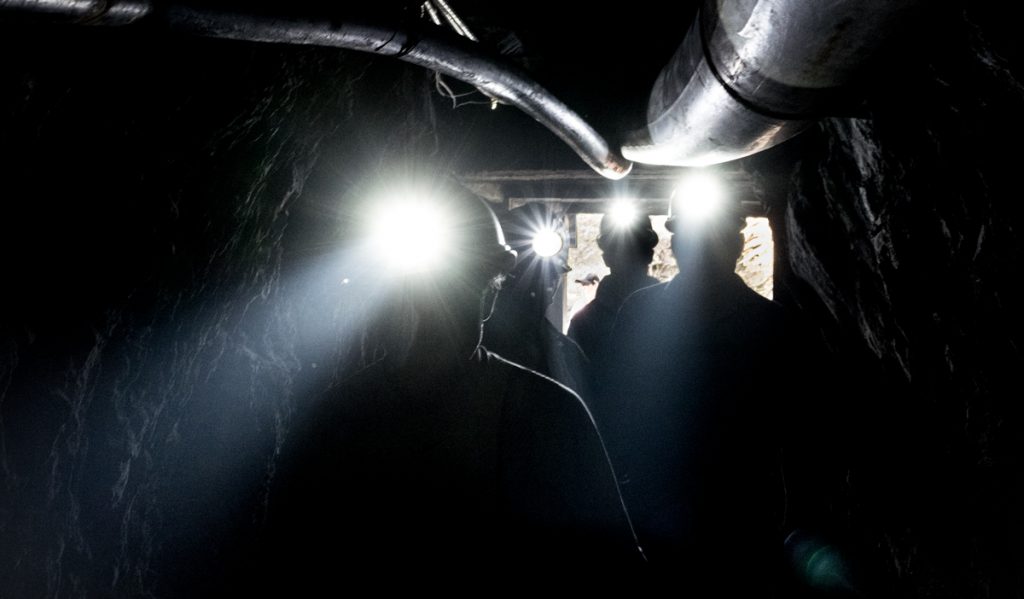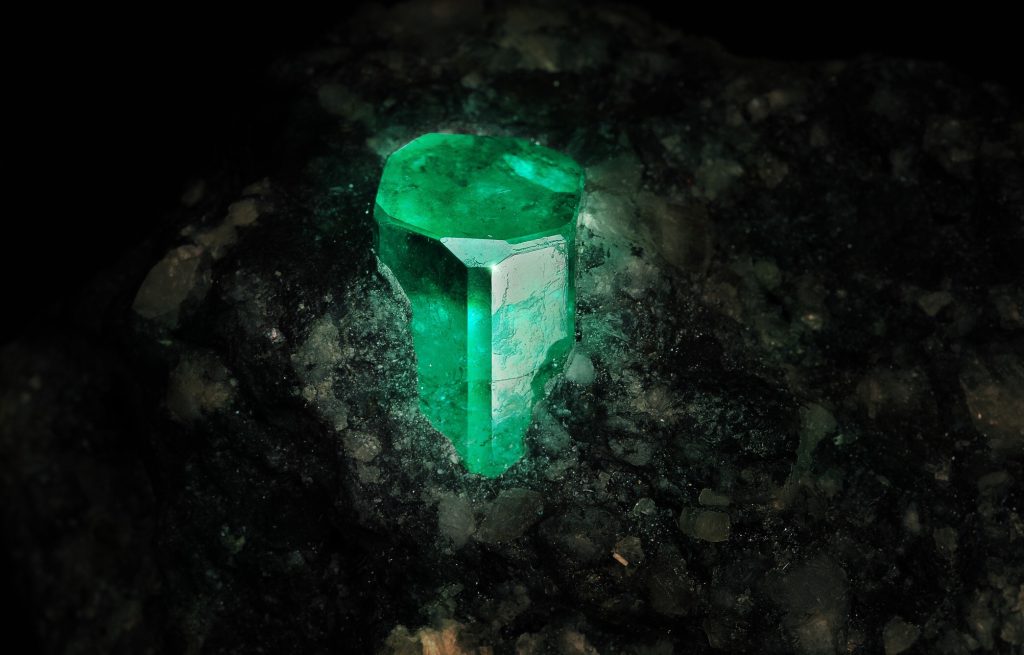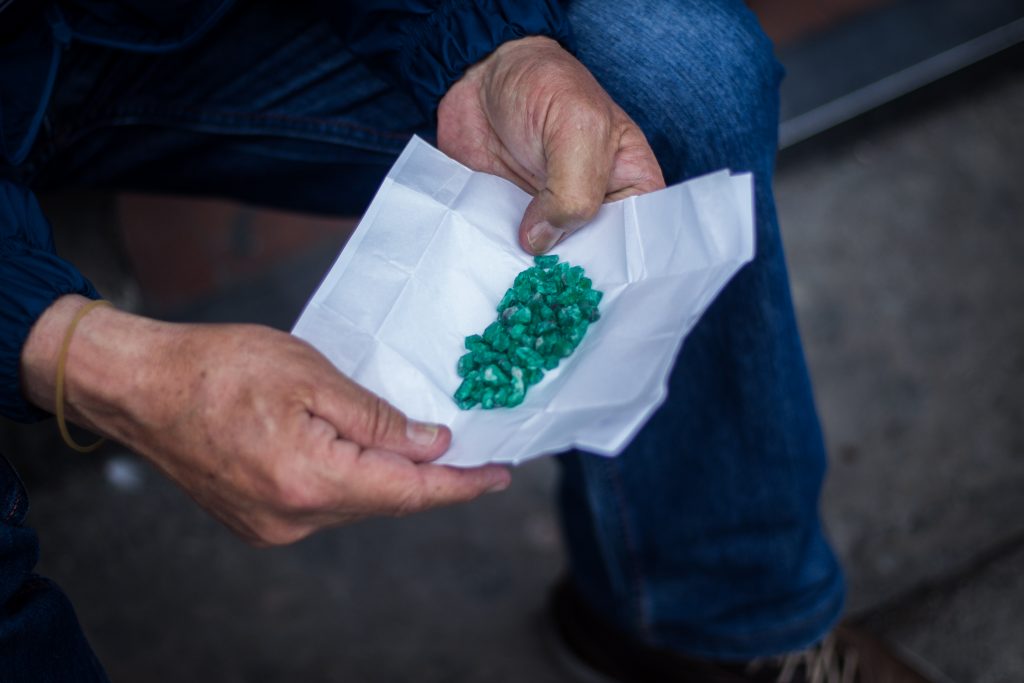Education
Even though diamonds pose as the rarest and most expensive gemstones, the fact is contrary to this notion.
Fine Colombian emeralds often cost more than diamonds, as they are 20 times rarer.
Therefore it is the ideal gemstone for anyone looking to expand their jewelry collection whilst making an excellent investment.
In standard gemmological terminology, the description of the characteristics of an emerald’s colour is broken down into three subsections.
Hue – Is the denotation of what most would call the colour of the stone. With an emerald it is universally green, the colour can then be broken down into what type of green it is, for example, if it has subtle hints of yellows or blue.
Saturation – Describes the intensity of a colour, ranging from a dull hue to a pure vivid hue . From a scientific standpoint this is a measurement of the band width of the light returned to your eye from the stone.
Tone – Is a measurement of the lightness or darkness of the Emerald. This is gauged by assessing how much neutral colours of white, grey and black contribute to the overall colour.
Emerald is a Type 3 gemstone, which means it is considered to almost always have inclusions, which are mineral crystals or cavities filled with fluid and/or gas that occur in a host gemstone. About 99% of all natural emeralds will present these features. The type and frequency of these inclusions is the determining factor in judging the clarity of an emerald. It is also widely appreciated that inclusions in emeralds can also enhance the look of a stone, so much so that the French refer to them as “jardins” which translates as garden. This is why gemologists, appraisers and experts don’t use the same criteria to judge clarity in Emeralds than they use for other gemstones like diamonds.
A stone that is considered “eye clean” (inclusions are not readily visible by the naked eye) is extremely rare and still commands a substantial premium over its counterparts.
The cutting of emeralds and other colored stones is considered as much an art as it is a science. Unlike the perfectly symmetrical cuts prized by the diamond market, colored stones are usually cut in a more artisanal fashion. The job of the cutter is to cut the stone in a fashion that releases the full potential of the rough material.
Stones have been cut from their natural state to form desirable shapes for jewelry and tools since the dawn of time. A step or emerald cut is popular and named after the emerald gemstone. It has parallel facets that are precisely cut going down from the top open facet. This enables the colour to shine through and also helps the emerald to maintain its structural integrity. Early examples of lapidary in South America include Pre Columbian carvings by local tribes.
Carat weight obviously helps determine the price of the emerald, and a 4 carat stone will be more expensive than a 1 carat stone, all other factors being equal. But carat weight plays a much larger role in the pricing of diamonds than it does with emeralds. With the latter, we are primarily interested in the colour of the stone, then it’s clarity and cut, and only finally it’s carat weight.
Rough is the natural state of emeralds before they are polished, rough emeralds normally crystallize in a hexagonal fashion, sometimes more random patterns emerge often called “floaters”.
Some people behold the beauty of a rough emerald above that of even its polished counterpart, particularly cherish are “terminated” pieces of rough displaying clean ends on the hexagonal crystal
Many of the worlds most notable emeralds are stones still in their rough state. These include the Devonshire Emerald and the Itoco Emerald. With such unique pieces it is often the case that they are so rare that they are worth more as rough specimens than they are if they were to be fashioned into polished stone.
The jewelry industry has a popular saying: “Try to find another one”. This is the challenge jewelers and dealers, such as ourselves, face when trying to match gems. While matching emeralds is somewhat easier due to their limited colours, finding a similar cut of emerald that is also alike in size, weight, and clarity of the two emeralds is difficult, much less finding a matched set. Large gems can even take years to match if they are not cut from the same rough and to match in size. Most matched sets of emeralds may need a significant amount of time to pair.
Large matched pairs or sets of emeralds will also command higher prices than single emeralds of equal weight due the time and labor it demands.
We place each emerald, or precious stone through rigorous inspection processes, initially managed in house or through our gemstone providers, if other than emeralds. Then we send our emeralds to the gemological laboratory to be certified. This begins locally at the CDTEC or Rodrigo Giraldo Laboratory facilities in Bogota, Colombia.
If needed or requested by our client, we can then send the Emerald to be certified to Switzerland for further detailed analysis by the SSEF Laboratory or the Gubelin Laboratory in New York. The final result will be a certified emerald issued with a certificate to verify the provenance, quality and treatment of the emerald.
